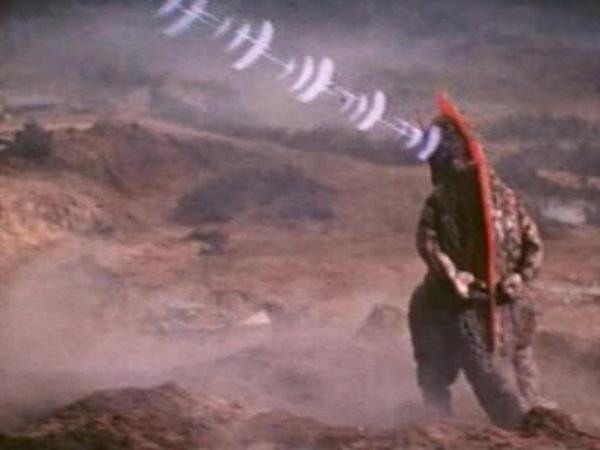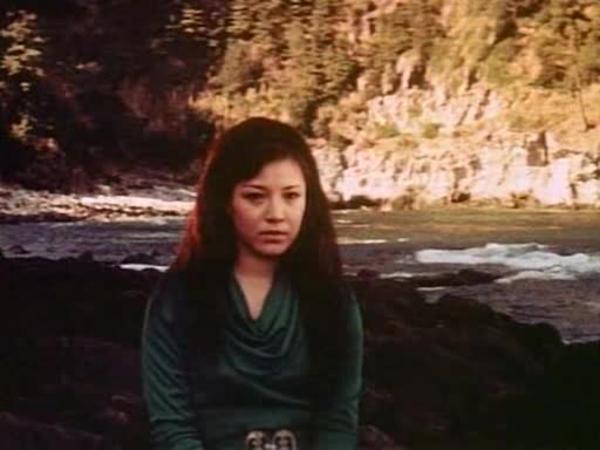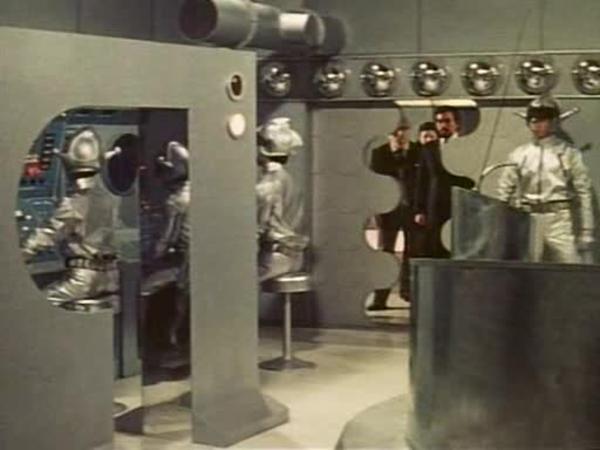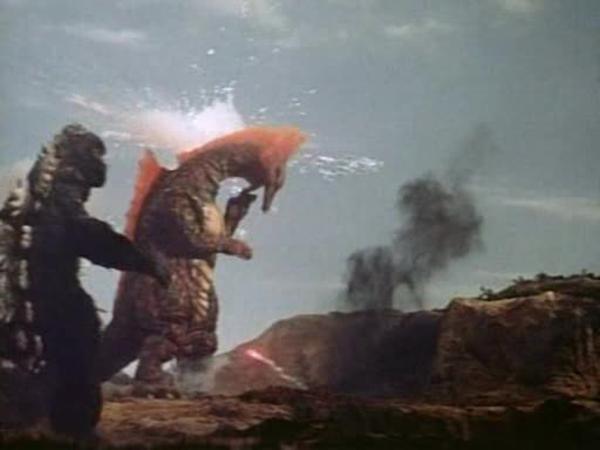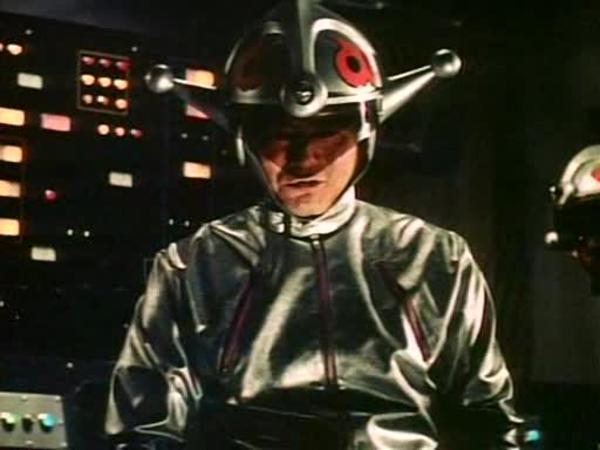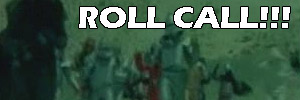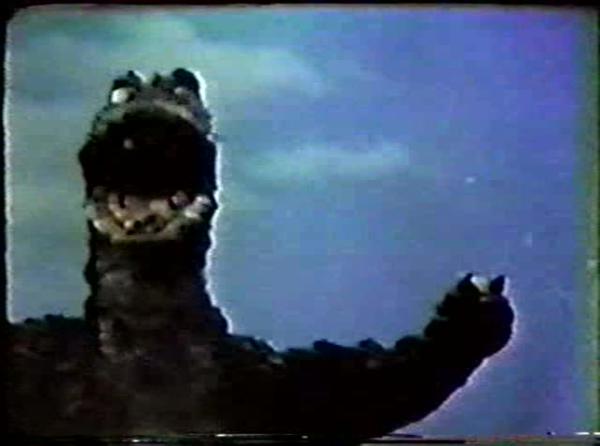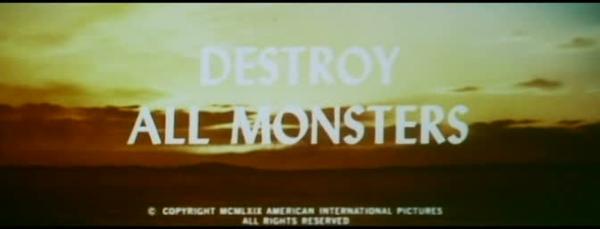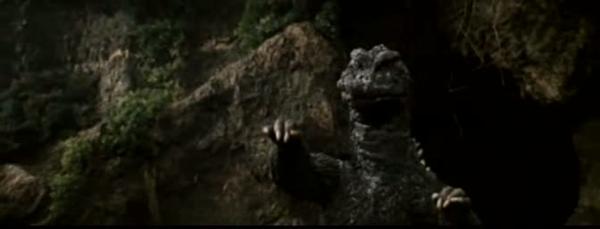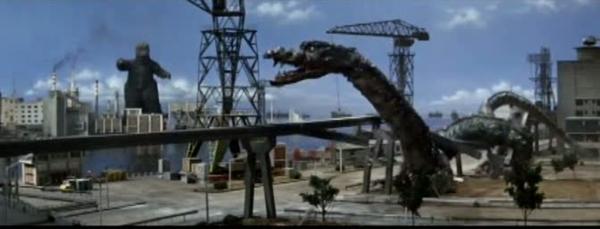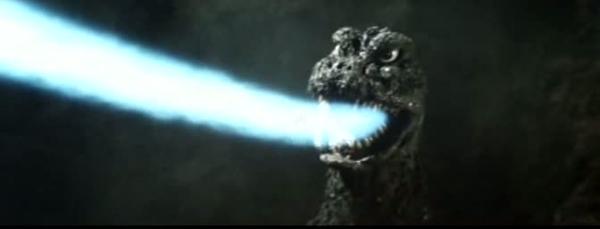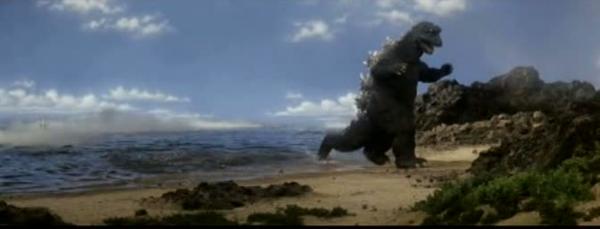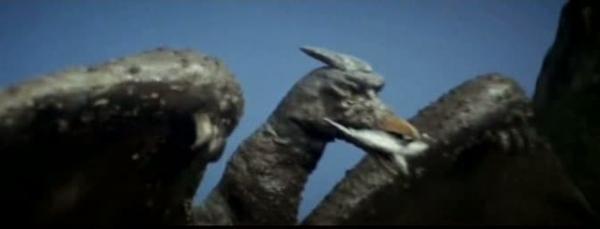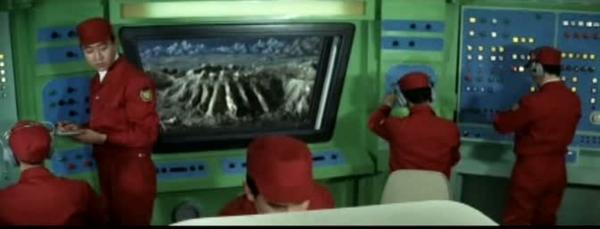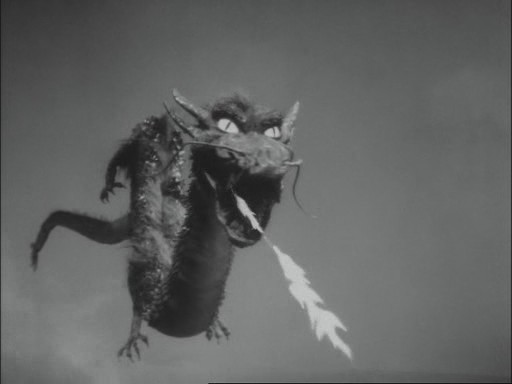Godziban Episode 21 – Go!Go!ゴジラくん#12「飛べ!未来へ向かって」
aka ゴジばん
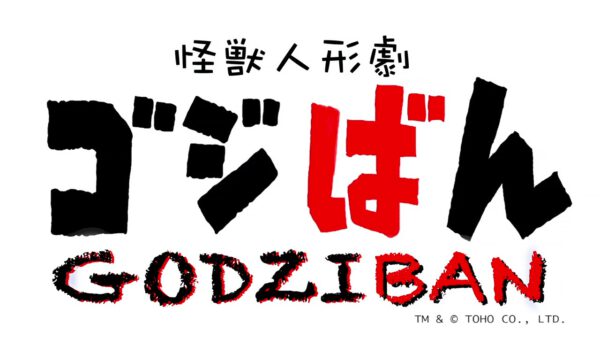
December 31, 2019
Written and directed by Hideyuki Kobayashi
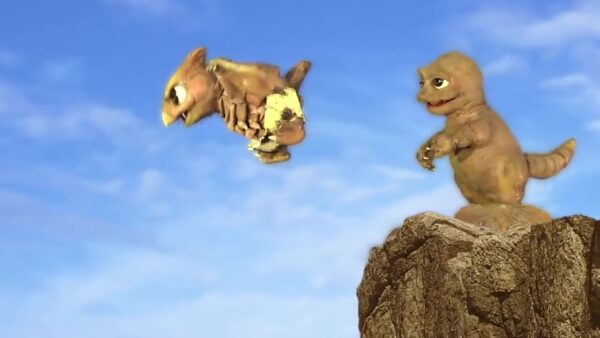
King Ghidorah makes his grand entry into the Godziban story line proper and causes a whole heap of trouble! Keep in mind King Ghidorah’s puppet has been seen in the stage play that was put on in the special event episode, but that is not entirely canon to the current story line even though it could easily fit in before the actual show as where Mothra came from. So maybe it is canon. It’s canon! If Santa Kaiju can be canon, this is canon. Canon!
Not only do we got King Ghidorah, but there are some other new faces in this episode, which turned out to be the final Godziban episode. Of the season? Of all time? We will wait to see. Until then, it looks like March of Godzilla 2019 in 2020 has come to an end. But don’t fret, because March of Godzilla 2020 will be starting up soon enough! Godzilla marching will never die as long as they keep producing more and more Godzilla stuff to keep marching on!
Go! Go! Godzilla-kun
Minya is still taking care of Baby Rodan, giving him food and trying to get him strong. He’s basically doing for Rodan what Godzilla-kun was doing for him in earlier episodes. Godzilla-kun and Little stop by (Little tossing a folded leaf around like a paper airplane) to check on the pair. Little asks about flying, and Godzilla-kun thinks about flying using his atomic breath to power it (like in Godzilla vs. The Smog Monster) and then laughs as he dismisses the concept!
But the message is clear…Minya must teach Rodan how to fly. Even though Minya can’t fly! So expect a lot of puppets falling to Earth!
Next we see Minya and Rodan at the top of a big cliff. Minya demonstrates flying by launching the paper/leaf airplane off the cliff into the sky. Rodan tries to fly…and hovers for about a second before dropping like a rock. Minya runs down to go get him and carries Rodan all the way back up the mountain. Minya is a pretty good dad, but he should be, as he had a pretty good dad himself. That’s been consistently one of Godzilla’s best traits.
Rodan tries again, fails again, and Minya hauls him back up the cliff again. Rodan is apprehensive about trying again. Minya is trying to encourage him when suddenly they hear the cries of “Dorat dorat dorat dorat dorat!” Yes, the Dorats are back, who you may remember tried to eat Baby Rodan’s egg last time we saw them.
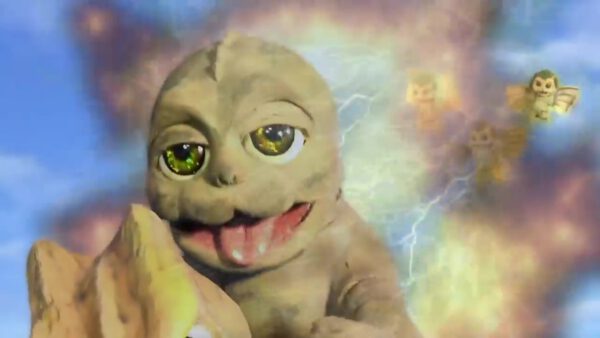
The Dorats are still jerks, and are back to eat Rodan now that h’es big enough to make a full meal for the trio. They try to float the Baby Rodan away, but Minya grabs him. So they start blasting Minya with electricity! Again and again until eventually Minya is scorched and collapses. Rodan begins to panic and desperately tries to wake him. The drama going on here!
Then the fear becomes blinding white hot rage as Rodan takes flight and smashes through the villains, knocking them around as he swoops and soars among their ranks, causing them to all crash into the ground. Minya is back awake with Rodan returns, and they are both happy at the victory and Rodan’s new flying ability.
The Dorats aren’t going to go away that easily. They get mad and decide to get even, thus they merge into King Ghidorah! It’s a truly massive King Ghidorah, larger than all the other puppets on the show combined! King Ghidorah floats in the sky as Minya and Rodan shake in fear, then King Ghidorah blasts them with the electric breath rays. Good ol’ Minya still protects Rodan despite now being blasted with even more powerful blasts than before. The two are helpless…until Godzilla-kun is there!
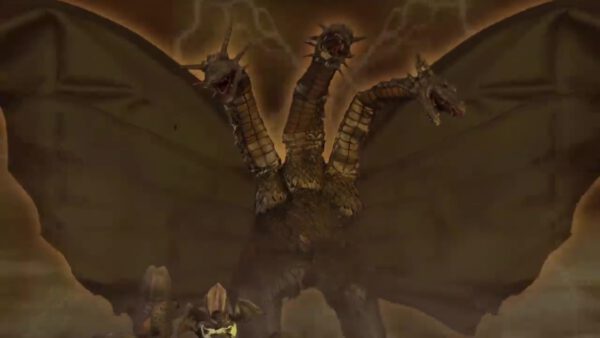
Godzilla-kun charges…despite King Ghidorah being 20 times his size! He is not detoured by being blasted, Godzilla-kun jumps and grabs onto the neck of King Ghidorah’s central head! He tries chocking and scratching it, but the other two heads clamp on to Godzilla-kun’s head and tail and tosses him into a cliffside.
Godzilla-kun gets up, still determined to fight even though it is fruitless and he’s going to die. But behind him…Minya and Rodan got every other kaiju in town with them! Little, Baby Mothra, Anguirus, Baragon, even Gorosaurus, Manda, Kumonga, and Varan who we’ve not even seen before on this program. Somehow Minya and Rodan got new characters to join the show in order to help their friend. That’s some pretty effecient help! This is amazing!!! It’s Godziban: Endgame! Or Destroy All Monsters, yes yes, but that means I can’t make my jokes!
They all charge at King Ghidorah….and then it ends.
Godzilla-kun talks directly to the camera to thank everyone for watching the show. We are either taking a series break or this is the end of the line, but we go out on something amazing and this show rules so hard I hope it continues. Either way it is an amazing journey.
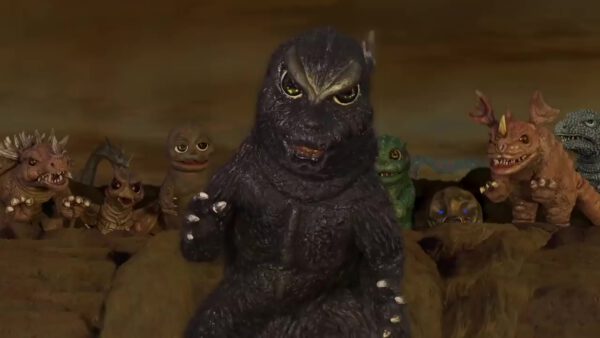
We end with the full version of the theme song playing to some of the highlights of the season while drawings by Onigiri and シウ*単行本発売中 flank the action.
Here’s hoping there is more Godziban in our future, whenever that may be! Until then, March of Godzilla 2019 in 2020 concludes, but keep on marching, people! Okay, I lied, there will be one more March of Godzilla 2019 in 2020 article, because I’m going to make a character guide for the show, but as that is a guide and not an article we gotta say goodbye here! (and there might be a few movie reviews in between depending on how lazy I am in posting the backlog of completed reviews!)
Continue reading





